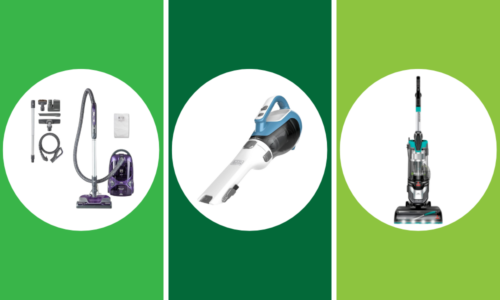The IRS just announced the largest ever contribution limit increases for health savings accounts (HSAs), which may lead to some pretty big savings for anyone who has one.
If you’re not familiar with HSAs, they can help you lower your overall healthcare costs by using untaxed dollars to pay for things like your deductible. Healthcare.gov describes HSAs as “a type of savings account that lets you set aside money on a pre-tax basis to pay for qualified medical expenses.”
Due to inflation, the IRS says that a person with self-only coverage will be able to save up to $4,150 in an HSA in 2024, while families will be able to set aside $8,300. In comparison, the contribution limits in 2023 are $3,850 for individuals and $7,750 for families.
Known as a catch-up contribution, those 55 and older can also save another $1,000 in their account per year. That means that a married couple ages 55 or older could save $5,150 per person, per year, in an HSA account for a total of $10,300.
So, why is this good news? It simply means that people will be able to set aside more money for future medical expenses, which can alleviate anxiety about how to pay for something unexpected, but it can also qualify as a tax break for HSA users.
Money put into your HSA is tax-deductible, so the more money you put into that account, the more you are reducing your taxable income — which leads to more money for you and less going out for taxes.
Funds in this kind of account also grow tax-free and can be withdrawn without having to pay tax, as long as you’re using them for the intended purpose, which in this case is medical expenses. You will need to check with the administrator of your healthcare plan to determine what medical expenses are covered in your HSA.
The increases go into effect in January 2024. Do you have an HSA?









